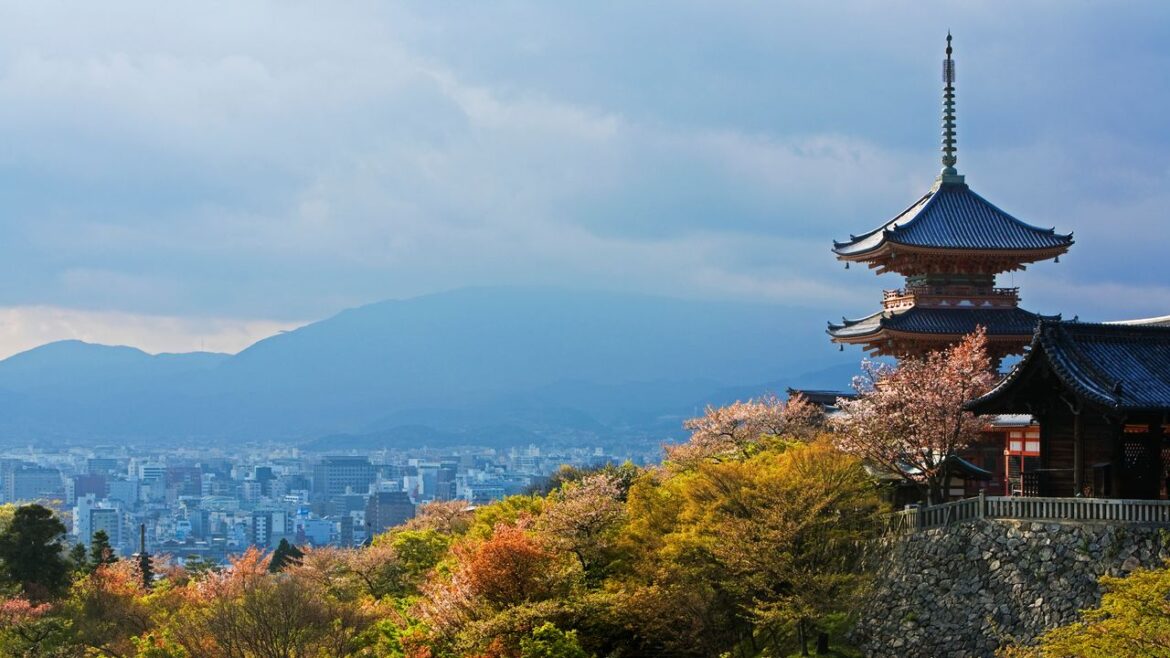A first-time visitor’s natural instinct is to dive into Kyoto’s history. Once Japan’s Imperial capital, the city has been a spiritual and cultural epicentre for more than a thousand years. That history is still very much alive. Gion, where many streets remain unchanged since the Edo period, is the best place to take part in a traditional tea ceremony or learn about geisha culture. Further north, Nanzen-ji Temple – once a 13th-century Imperial palace and now a Zen monastery – offers some of the most breathtaking gardens in the city, complete with koi-filled ponds and meticulously raked rock gardens.

The streets of Higashiyama are best explored at dawn.
Getty Images
The real magic of Kyoto, though, is found at dawn. Before the tourists emerge, wander the lantern-lit lanes of Higashiyama, one of the city’s most untouched historic districts. Follow the sloping streets past the Yasaka Pagoda, arguably Kyoto’s most photogenic five-storey tower, and climb up to Kiyomizu-dera Temple, a vast, ancient wooden structure that seems to float above the city.
But it’s not just Kyoto’s past that makes it one of the most compelling cities to visit right now. The city is still a hub of creativity. Shijo-Dori and Nakagyo, on the western side of the Kamo River, are packed with effortlessly cool homeware and fashion boutiques. You’re never more than 100 metres from an excellently curated vintage shop here; meanwhile, Minotaur is a must for monochrome streetwear, Kapital is a mecca for Japanese denim lovers, and no one does oversized like Graphpaper.


AloJapan.com